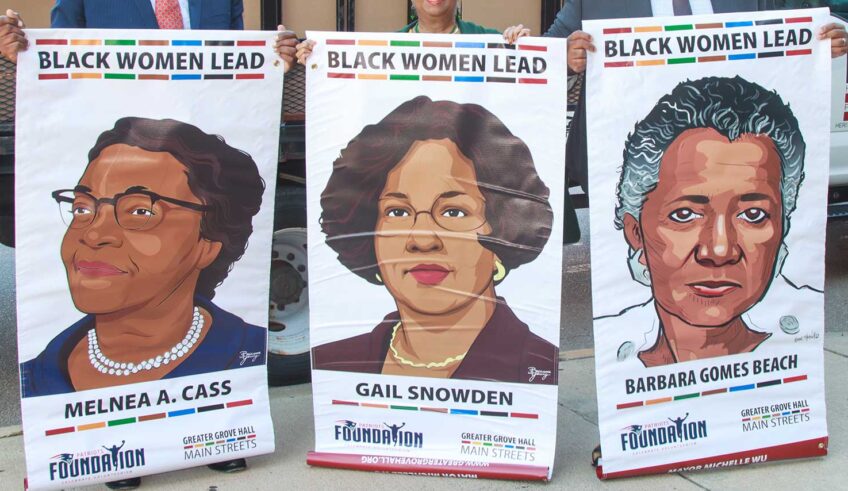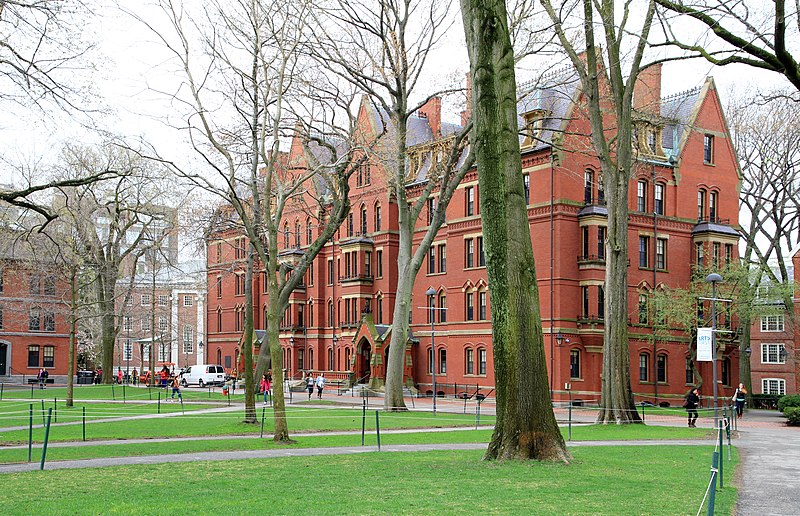Another baseball season has opened, and with it, Major League Baseball’s annual homage to Jack Roosevelt Robinson, more popularly known as Jackie Robinson, whose breaking of baseball’s color barrier with the Brooklyn Dodgers was one of the late 1940s’ harbingers of the Civil Rights Movement of the 1950s and 1960s.
This year the tribute to Robinson was complemented by documentarian Ken Burns’ superb exploration on the Public Broadcasting System of Robinson’s life and the American society of the mid-twentieth century.
As Burns shows, Robinson’s importance to all of America’s twentieth-century history can’t be overstated. Branch Rickey, the Dodgers owner who considered integrating baseball his mission, “needed a soldier” in the fight for racial equality, as Rachel Robinson, Jackie’s widow, says in the documentary. He needed someone whose inner strength and unshakable allegiance to black Americans’ struggle would enable him to stoically withstand the venomous racism that was surely going to come his way. (One can get a limited but still shocking sense of what Robinson endured from the misogynistic abuse hurled now at many female sports reporters and sportswriters via social media.)
But Robinson’s cloaked anger likely intensified his naturally fierce competitive instincts on the diamond. Smart at bat and swift and daring on the base paths, he won the National League’s Rookie of the Year Award and two years later captured the League’s Most Valuable Player honor. Two decades before the Yankees star Reggie Jackson said of himself that he was “the straw that stirs the drink,” Jack Roosevelt Robinson was that not just for the Dodgers. He was that for Black America, too.
This isn’t to slight all the work civil rights activists were engaged in in the late 1940s. Rather, it’s to underscore that then, unlike in the crowded professional sports world of today, baseball reigned supreme, literally worshipped as the uniquely “American” game.
So, Robinson’s breaking baseball’s color barrier had meaning far beyond the game itself. He “represented” as well as any one individual could black Americans’ confidence in their fitness as American citizens and their unceasing determination to claim their rightful place in American society.
Much of the telling of the Jackie Robinson story has focused on that broader history of the cost of racism to blacks generally and to him specifically.
But there’s another facet to the Jackie Robinson story that’s too little discussed, or even noticed. That is what racism — the banning of black players from the Major Leagues — cost Major League baseball itself. We can see one dramatic example of that by considering Robinson’s pre-Brooklyn Dodgers experience with another Major League team: the Boston Red Sox.
It’s well known that in 1945 Robinson endured a “sham tryout” with the Red Sox, whose owner was fully committed to preserving baseball’s color barrier. The Dodgers and Robinson himself reaped the benefit. In his rookie year and for five more times during his ten-year career, Robinson and the Dodgers played in the World Series. Each time they played their hated crosstown rivals, the New York Yankees, winning only once.
Meanwhile, after making it to the World Series in 1946, the Red Sox began a twenty-year exile from World Series play. In 1951, however, they did have the opportunity to atone for their mistake in not taking Robinson by drafting a “can’t miss” black teenage phenom from Alabama. But once again they kept to their no-blacks rule.
That teenage phenom was Willie Mays, a dazzling outfielder and power hitter — like Jackie Robinson, a future member of baseball’s Hall of Fame. He was drafted instead by the New York (baseball) Giants and by 1954 was playing in the World Series. The Red Sox didn’t sign a black player until 1959, the last Major League team to do so. They didn’t get back to the World Series until 1967.
Consider this fact: In the 20 years from 1945 to 1965 the New York Yankees — which included some of the greatest players in baseball history — appeared in an astounding fifteen World Series and won ten of them.
Now, imagine a post-1945 to early-1960s Boston Red Sox team with a lineup that included three future Hall-of-Famers — Jackie Robinson, Willie Mays, and Ted Williams, arguably the game’s greatest pure hitter — and ponder this question: How many times during those decades would it have been the Boston Red Sox, not the New York Yankees, in the World Series?
Just in baseball terms, that could be a magnificent debate. In terms of the larger American society, it’s stark evidence that racism has always had a cost that’s borne on both sides of the Color Line.
Lee A. Daniels, a longtime journalist, is a keynote speaker and author. He worked with Rachel Robinson on her 1996 book, Jackie Robinson: An Intimate Portrait. He can be reached at leedanielsjournalist@gmail.com.






